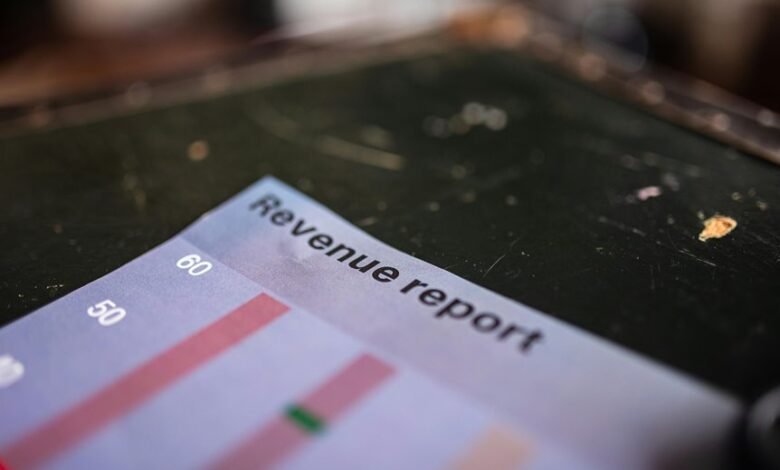Rs Alcohol Percentage

The concept of Rs Alcohol Percentage is crucial for understanding the potency of various alcoholic beverages. This measurement directly reflects the ethanol concentration within a drink, affecting its effects and flavor profile. Factors such as fermentation techniques and yeast strains play significant roles in determining this percentage. By examining these elements, one can make more informed choices about drink selection and consumption. However, the implications of these decisions extend beyond mere preference.
Understanding Alcohol Percentage
A significant aspect of alcoholic beverages is their alcohol percentage, which quantifies the concentration of ethanol in a liquid.
This percentage is influenced by the fermentation process, where yeast converts sugars into alcohol.
Different beverage types, such as wines, beers, and spirits, exhibit varying alcohol percentages due to their distinct production methods, showcasing the diversity and complexity inherent in alcoholic beverages.
How Alcohol Percentage Is Calculated
Calculating alcohol percentage involves a systematic approach that measures the volume of ethanol in relation to the total volume of the beverage.
This alcohol measurement is typically derived from the fermentation process, where sugars are converted into ethanol.
The formula used is (Volume of Ethanol / Total Volume of Beverage) x 100, allowing for an accurate representation of alcohol content in various beverages.
Factors Influencing Alcohol Content
Alcohol content in beverages is influenced by a variety of factors, each playing a crucial role in determining the final ethanol concentration.
The fermentation process, including yeast strain and sugar source, significantly impacts alcohol levels.
Furthermore, distillation methods, such as pot or column distillation, refine ethanol concentration, allowing for variations in final product strength.
Understanding these elements aids consumers seeking informed choices.
Choosing the Right Drink Based on Alcohol Percentage
How does one navigate the complex landscape of beverage choices based on alcohol percentage?
Understanding specific alcohol levels can significantly enhance cocktail selection and drink pairing. For example, higher alcohol percentages often complement robust flavors, while lower percentages align with lighter, refreshing options.
Conclusion
In conclusion, understanding the alcohol percentage is crucial for informed beverage choices and responsible consumption. Interestingly, research suggests that consumers often overestimate the alcohol content in drinks, leading to unintentional overindulgence. This discrepancy highlights the importance of education about alcohol percentages, enabling individuals to make better decisions regarding their intake. By recognizing the factors that influence alcohol content and applying this knowledge, drinkers can enhance their overall experience while promoting safer drinking habits.

